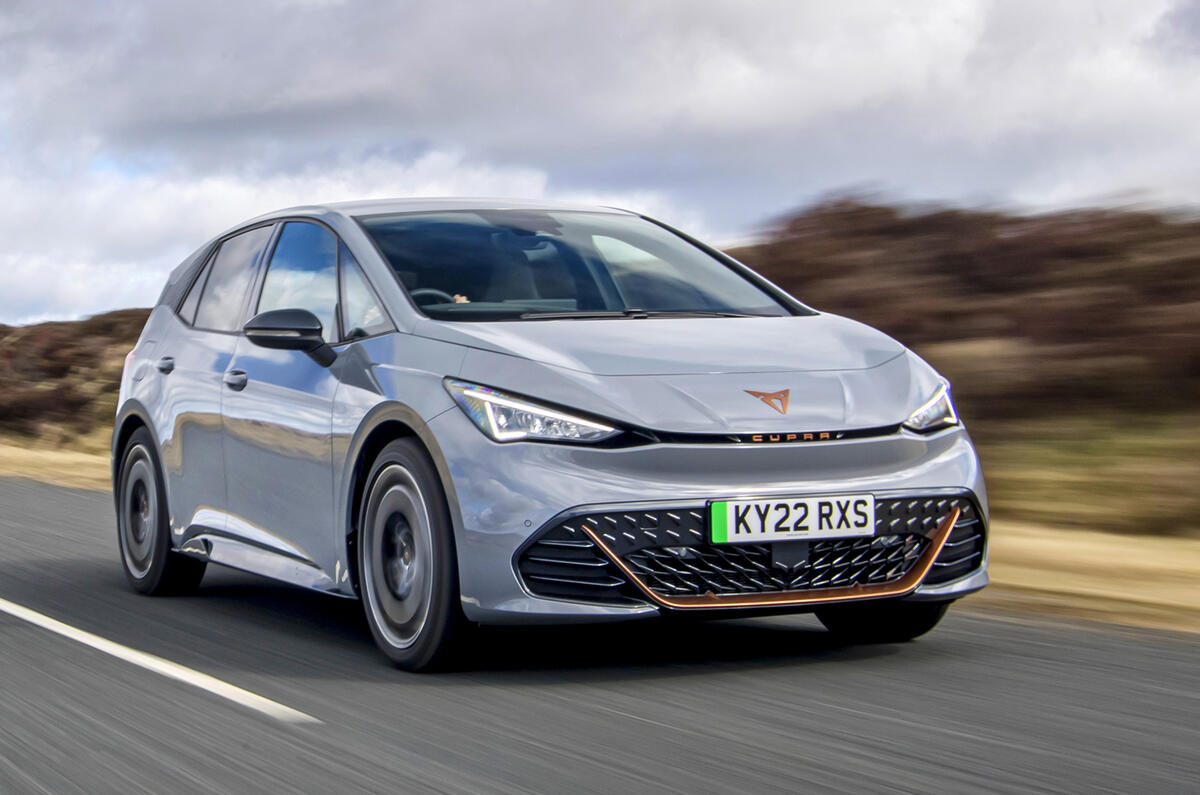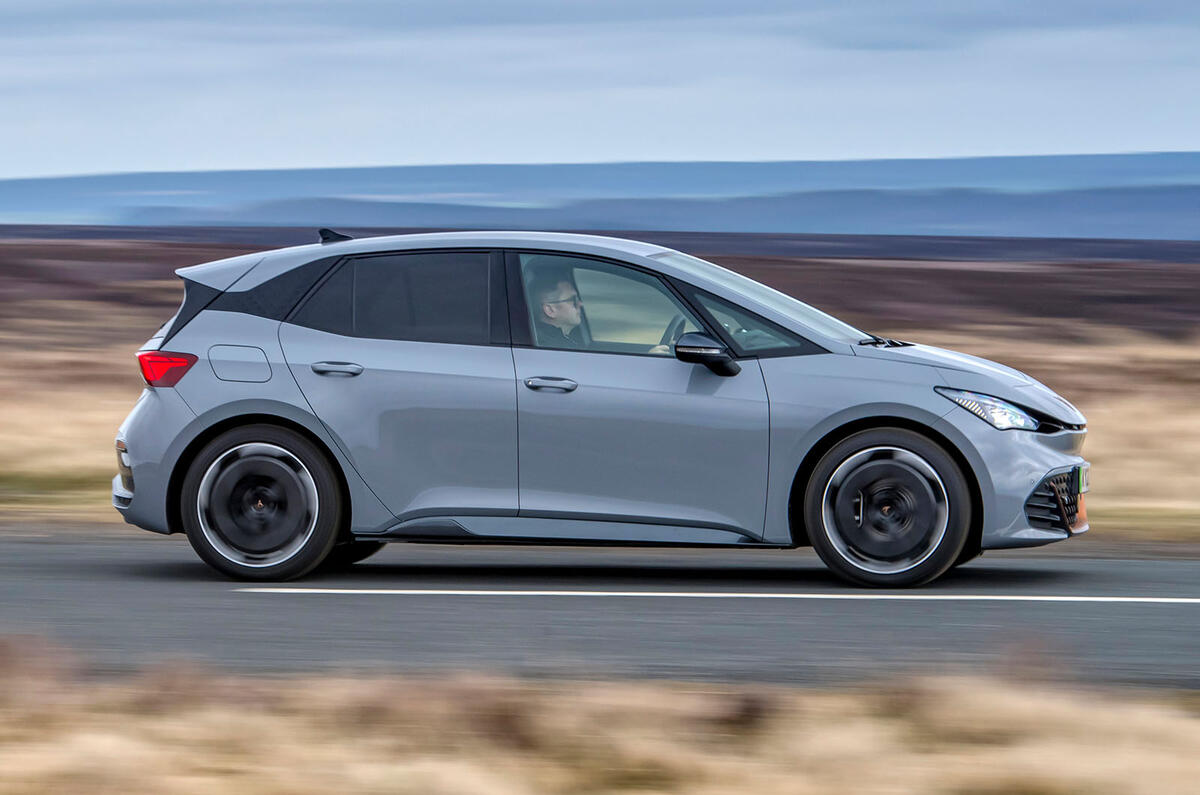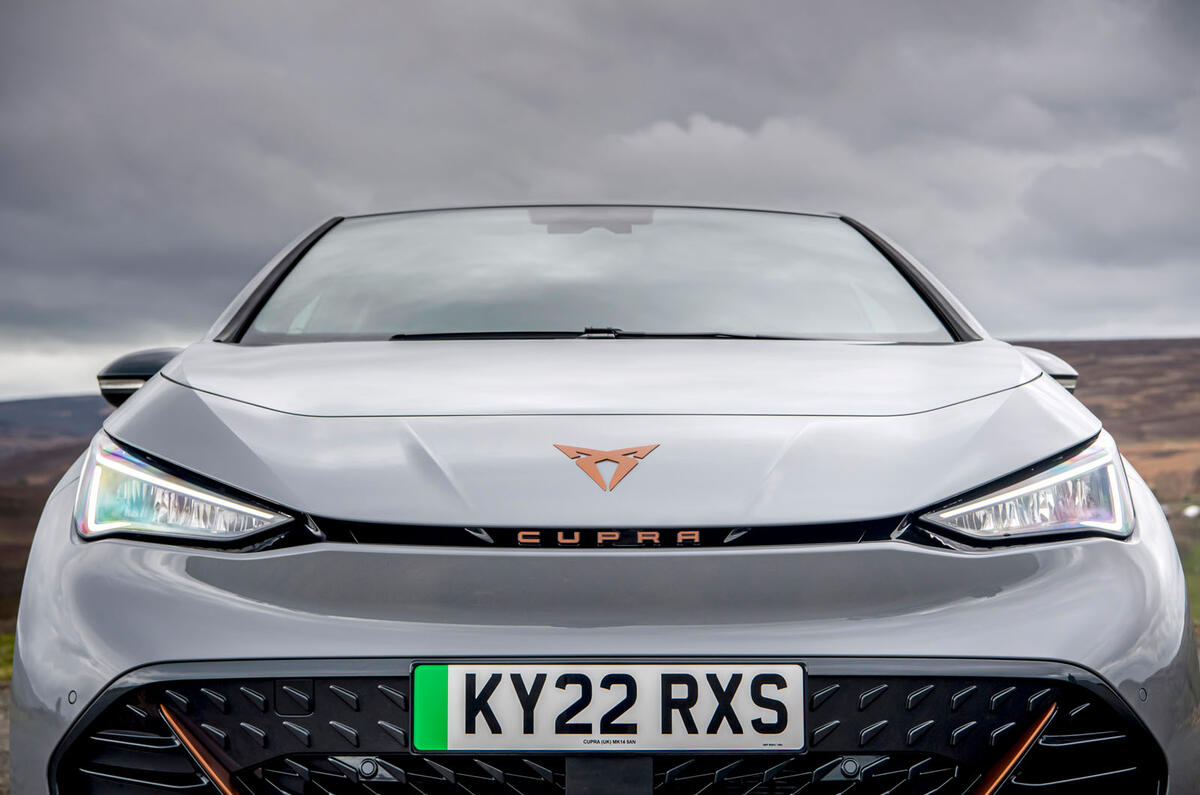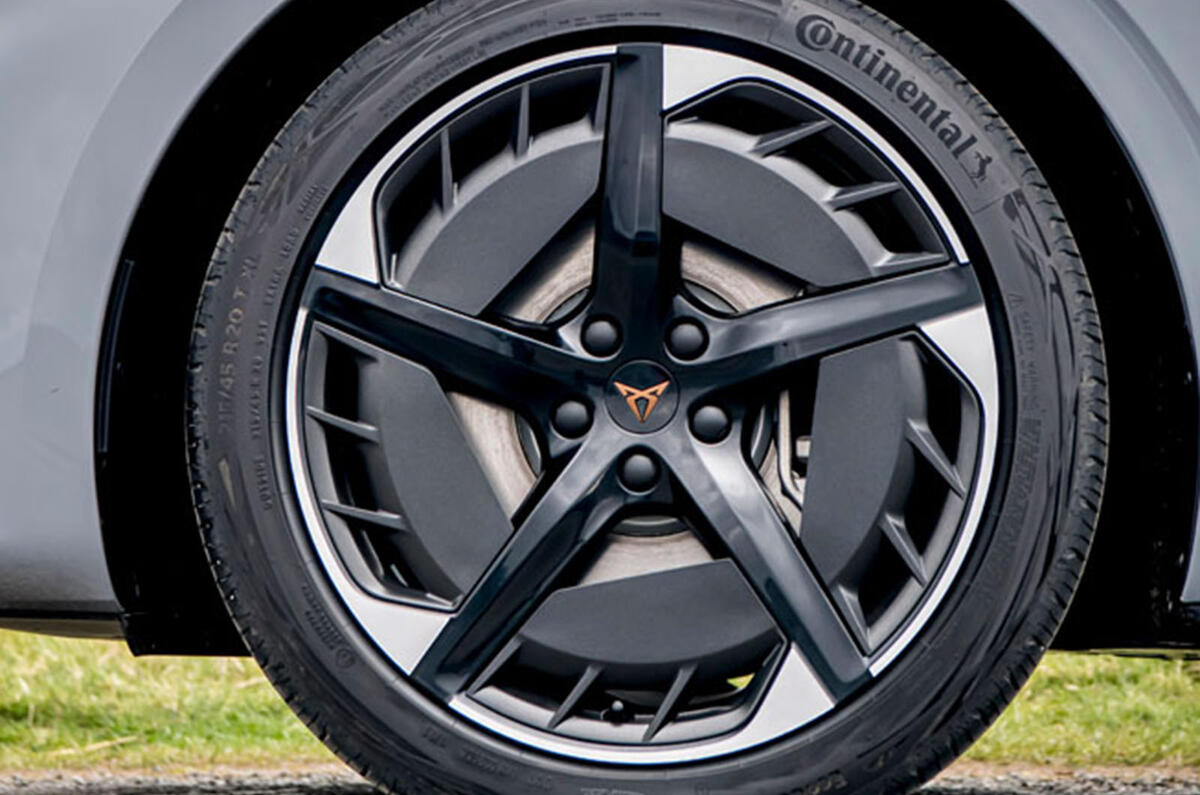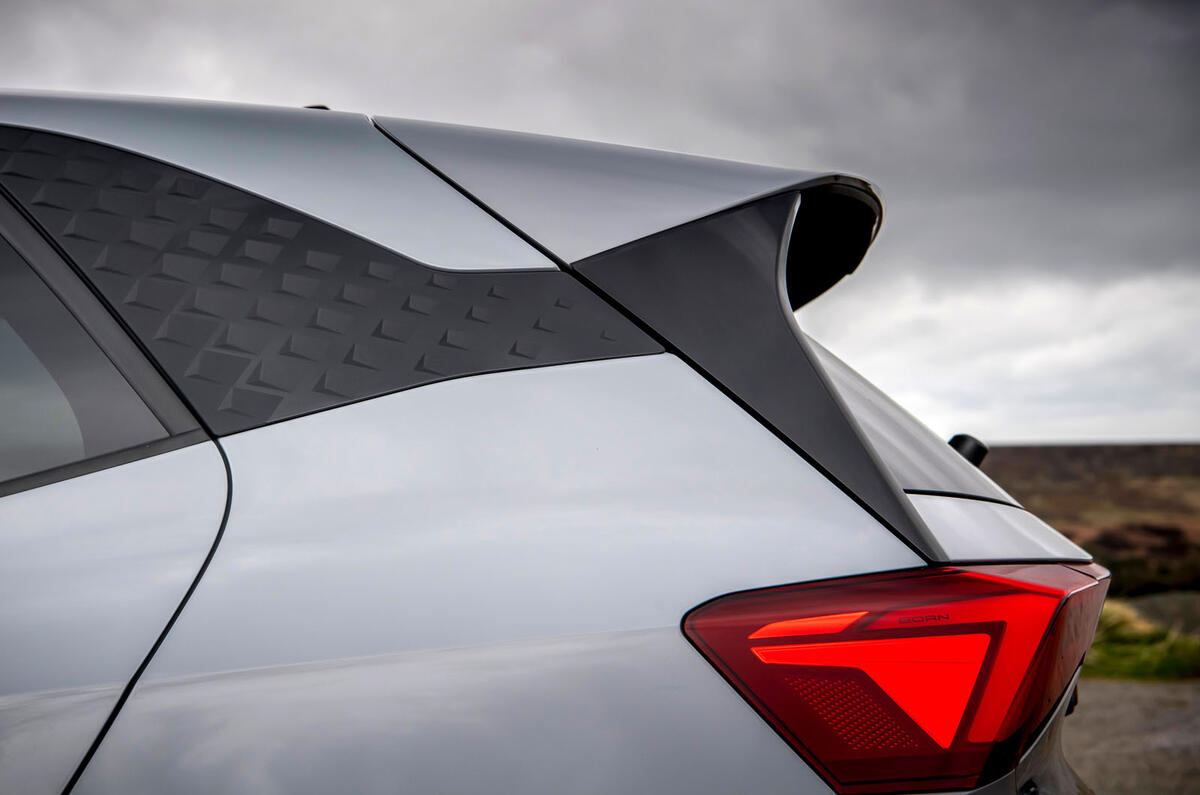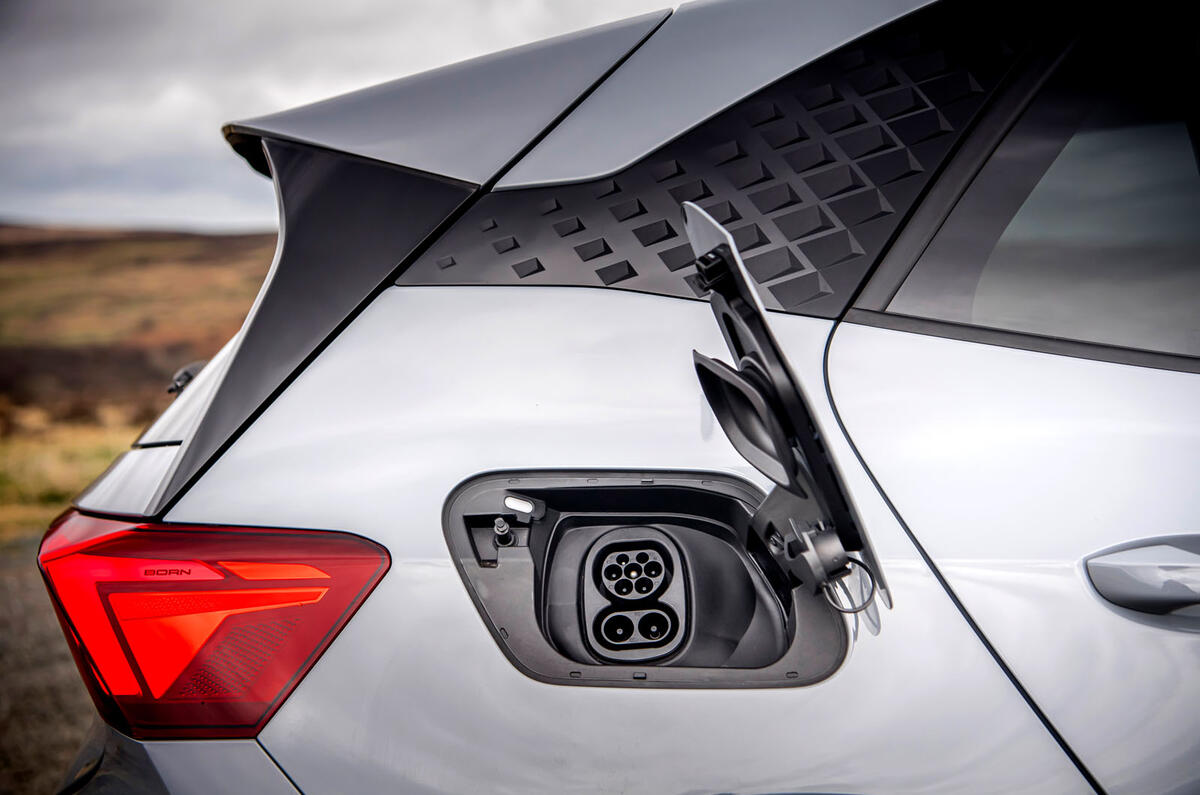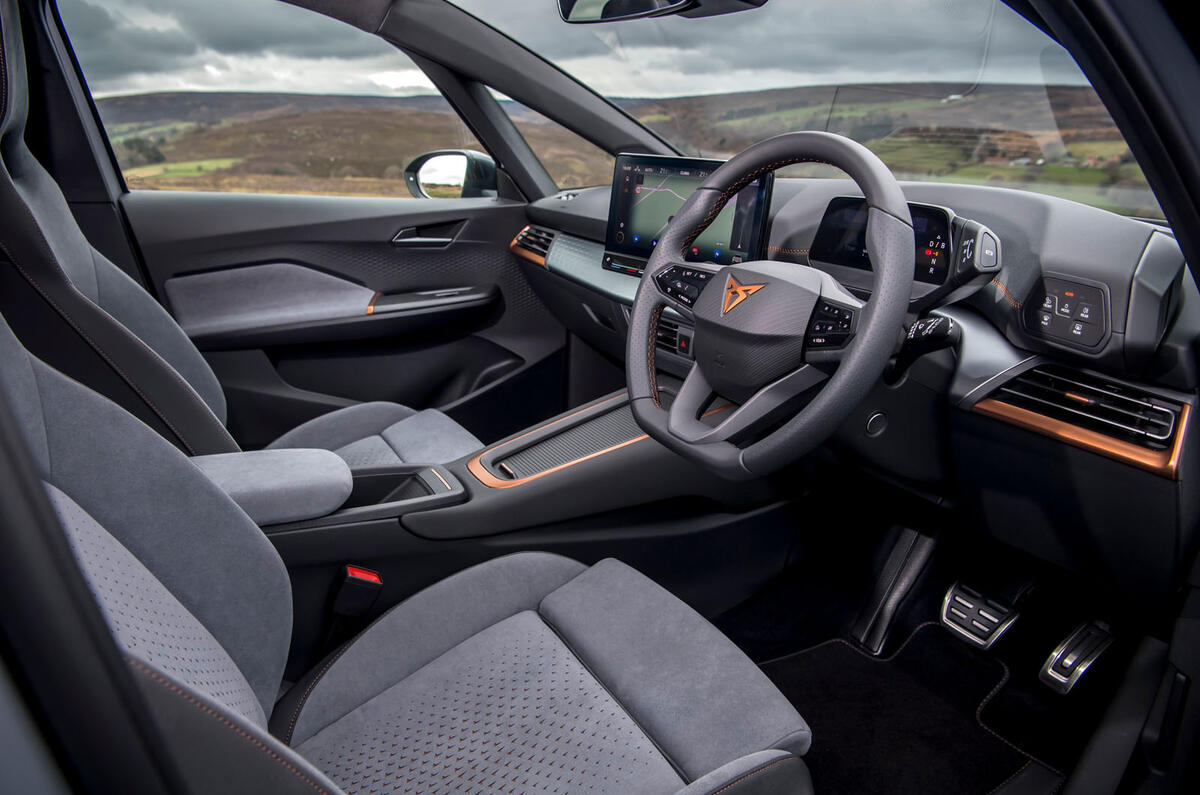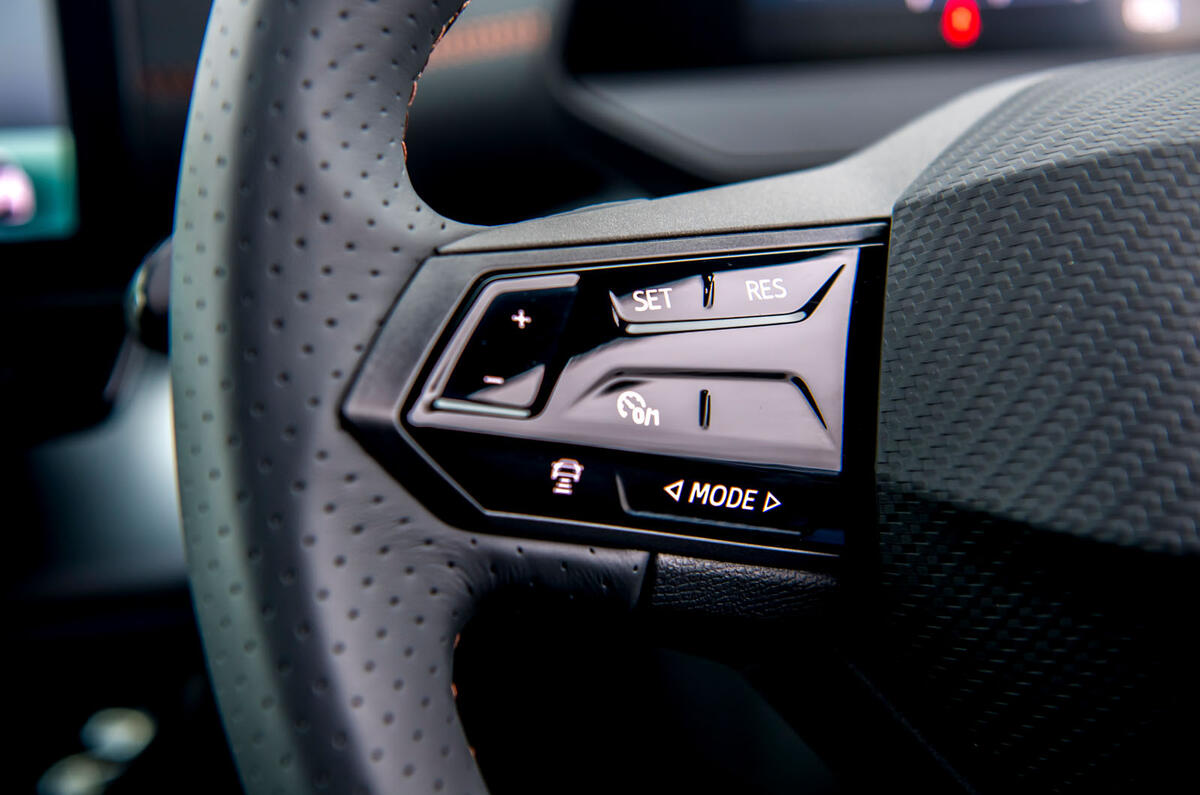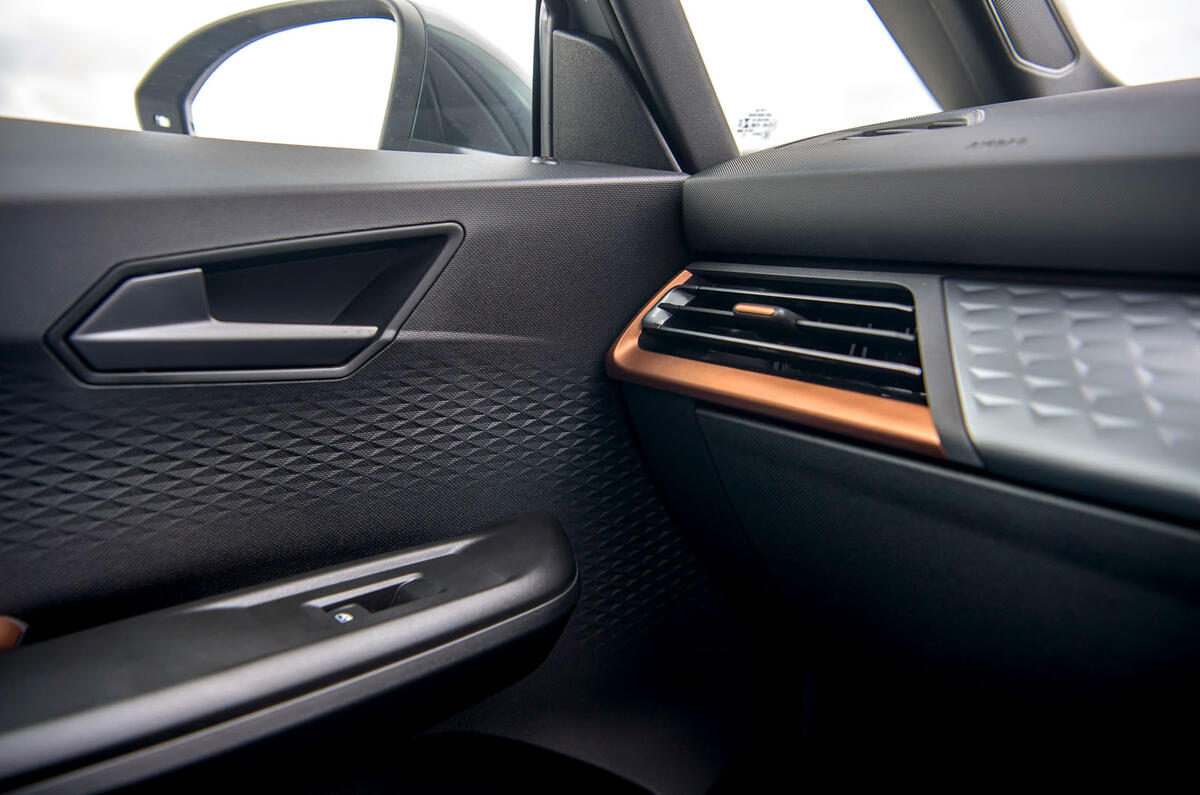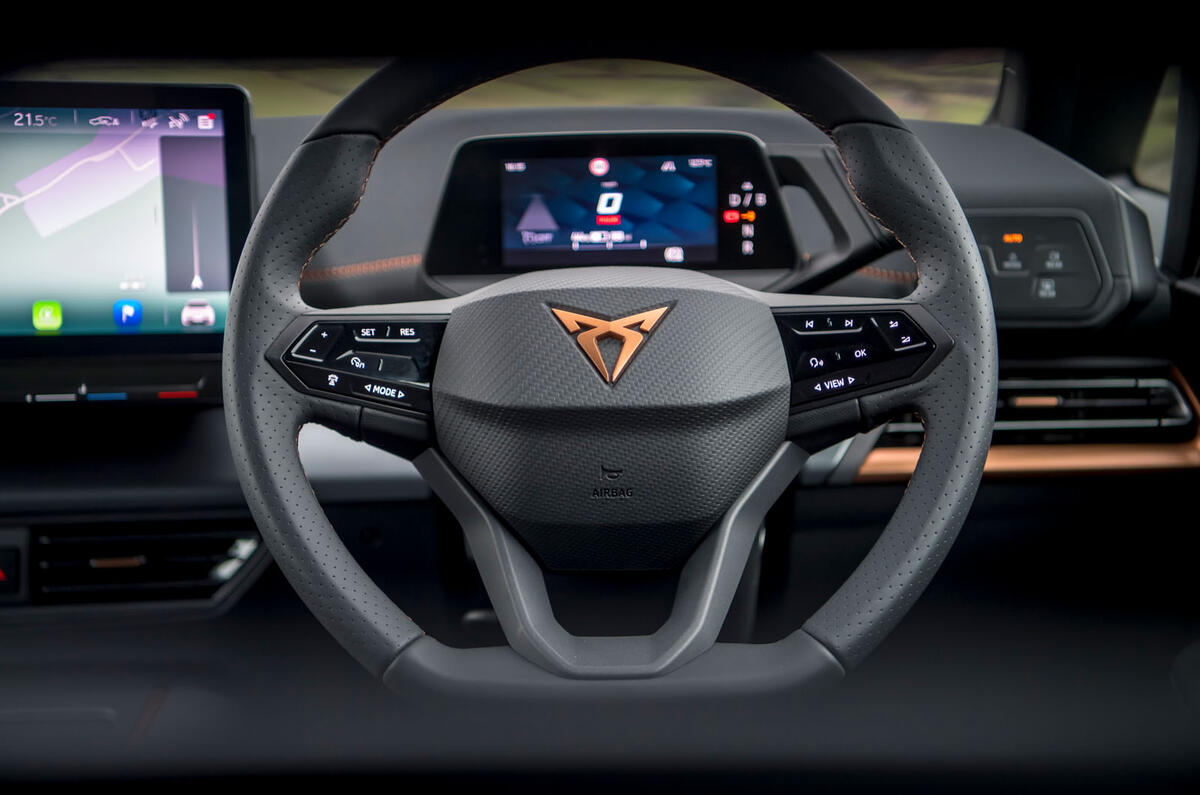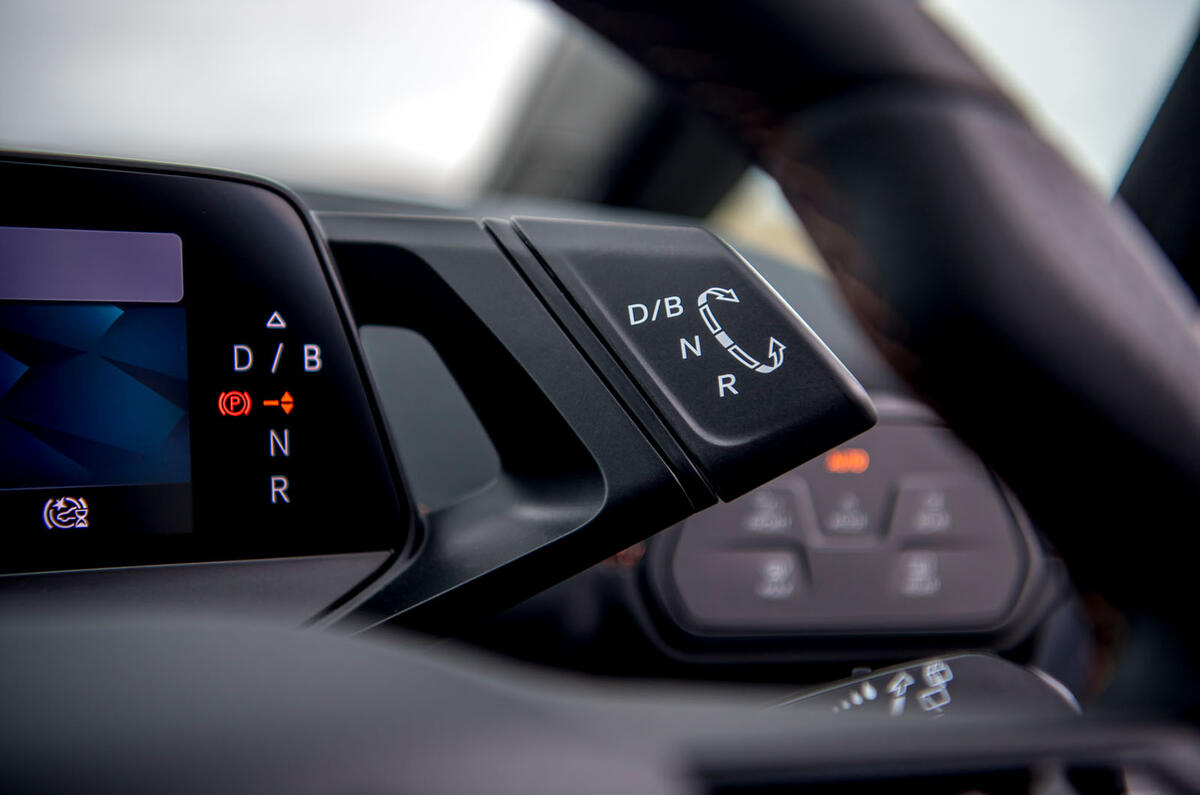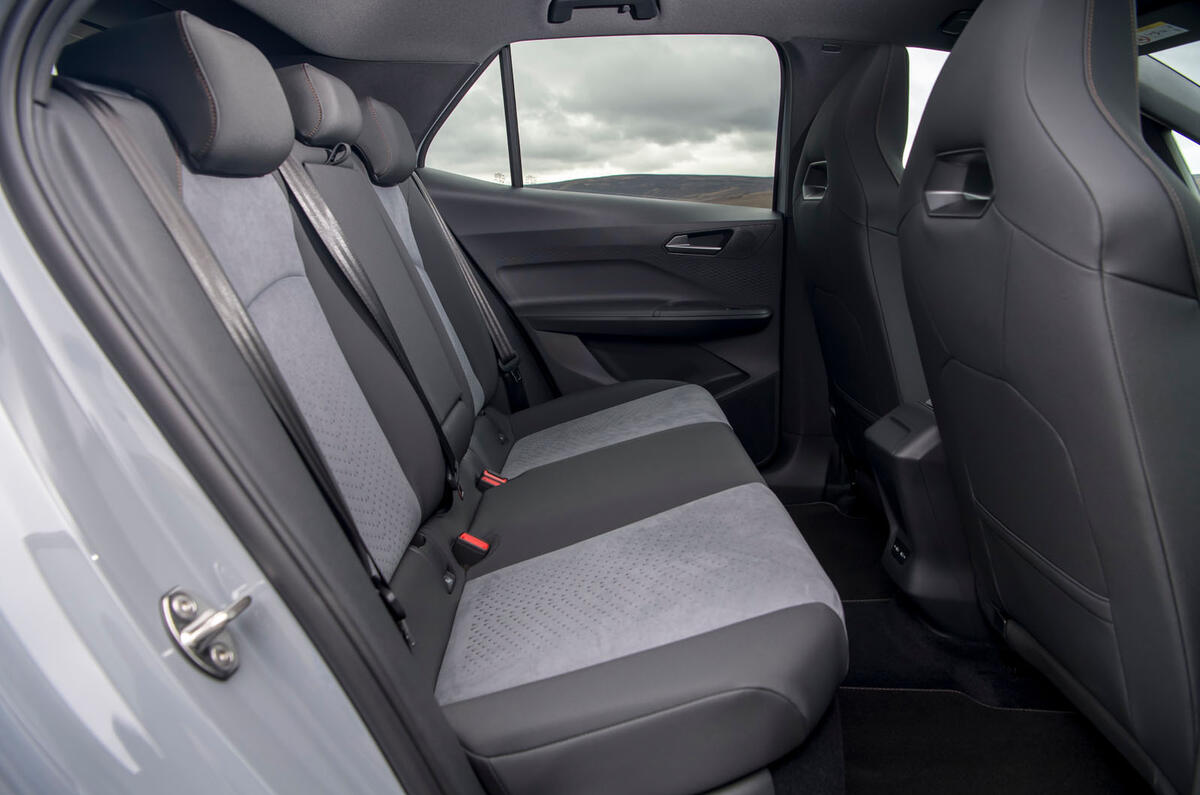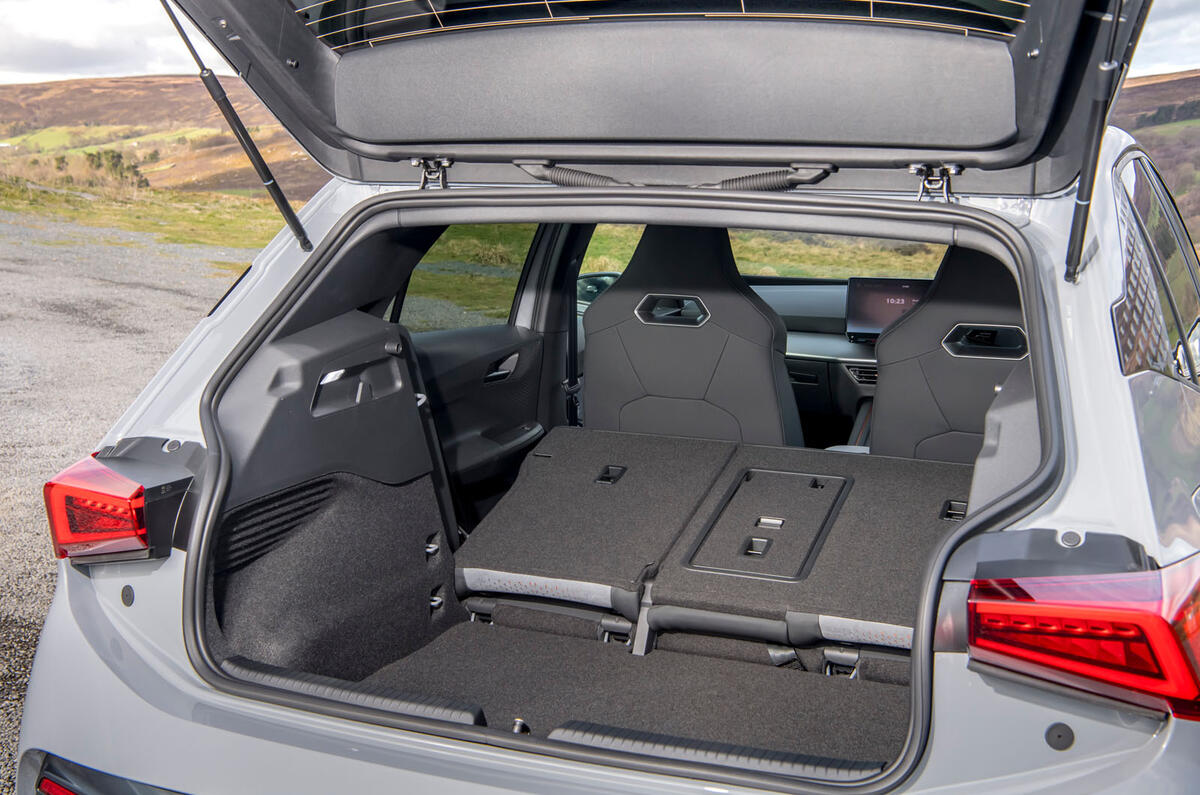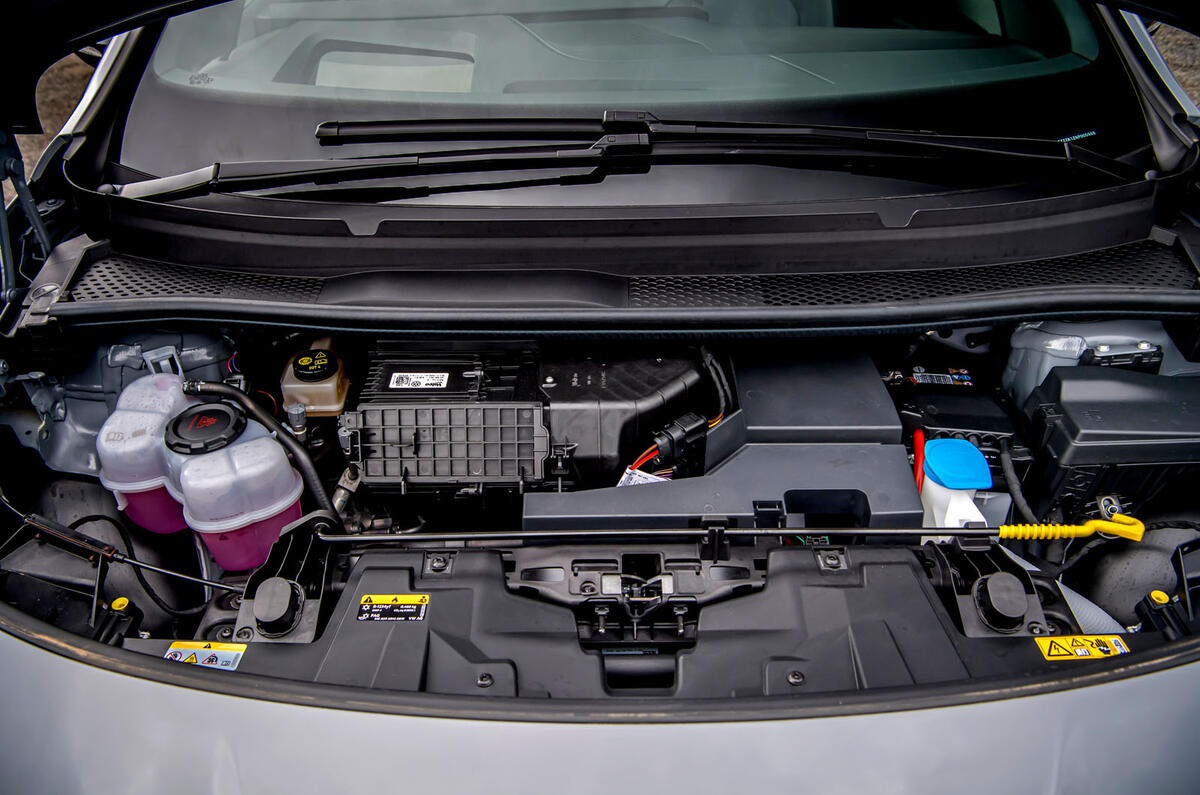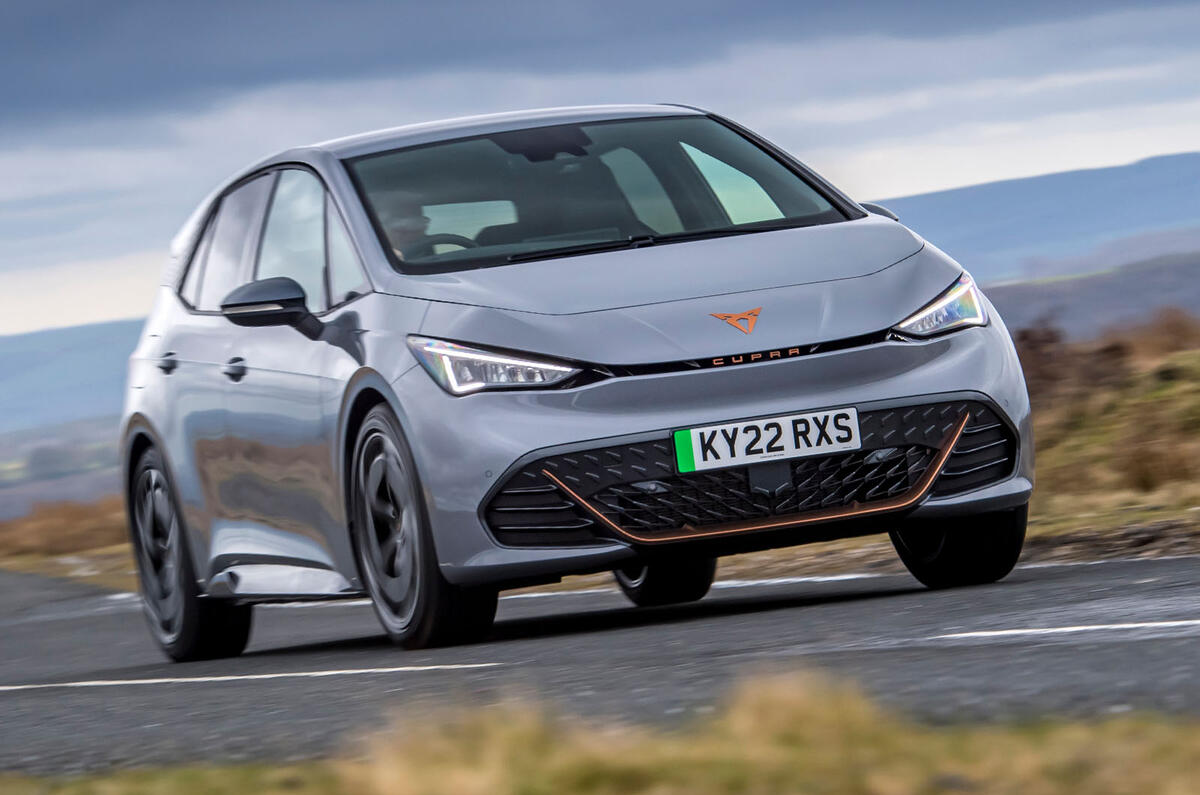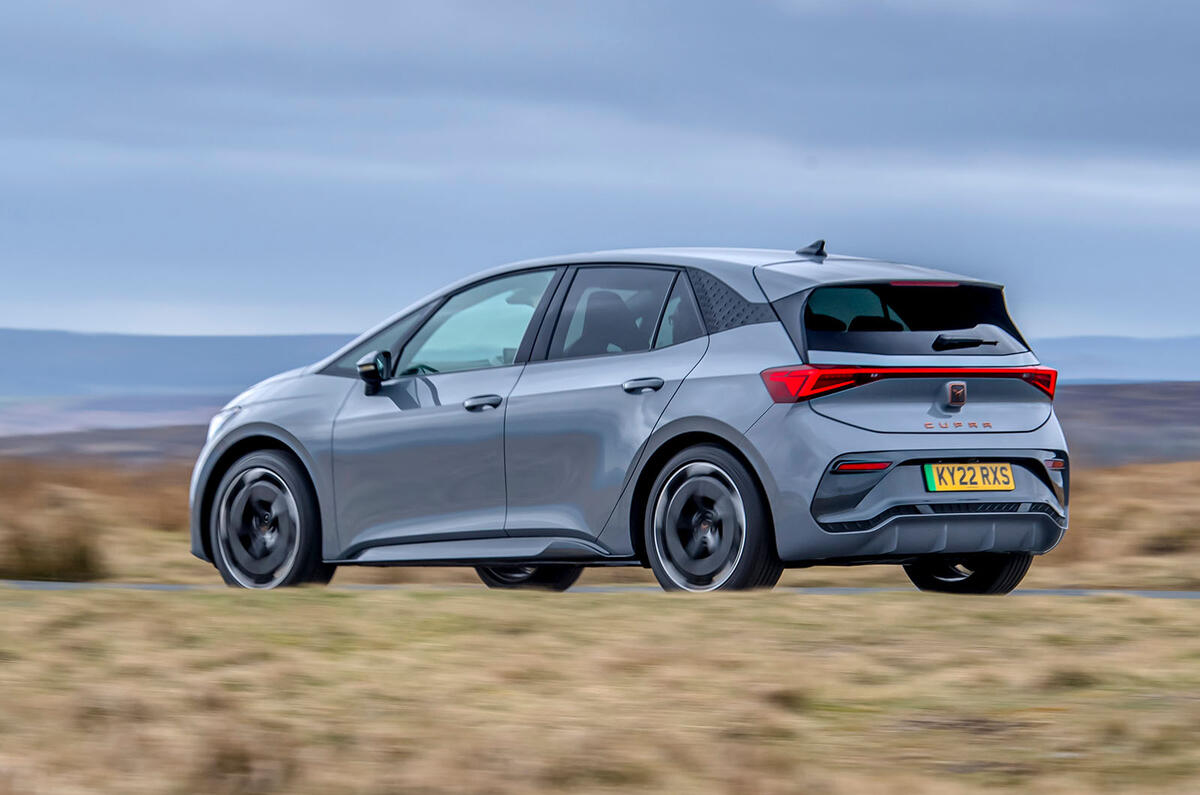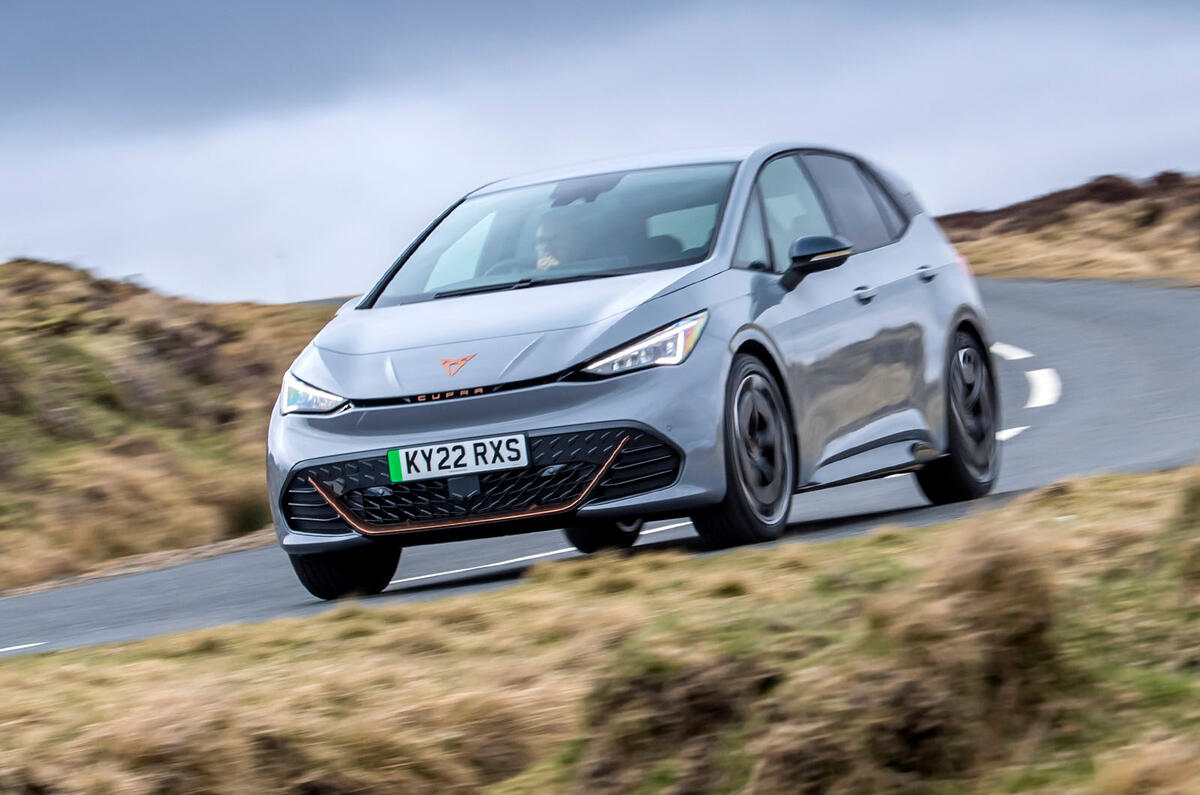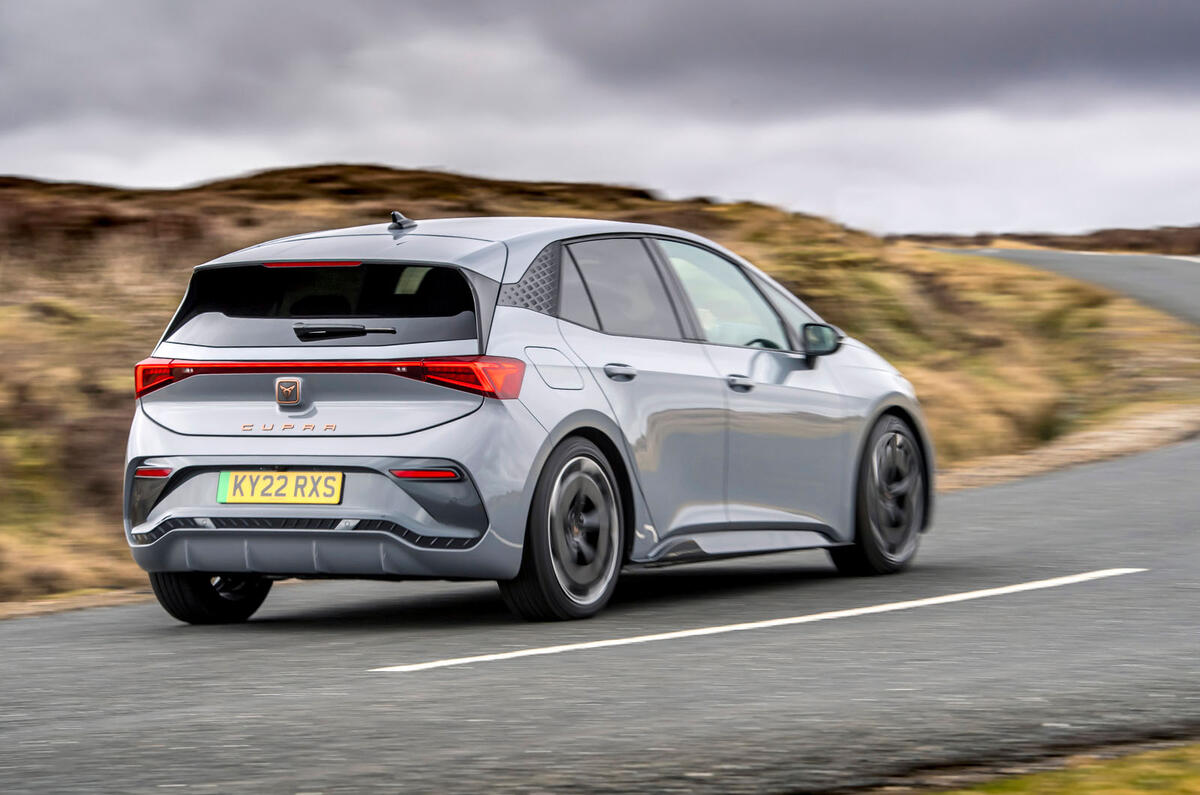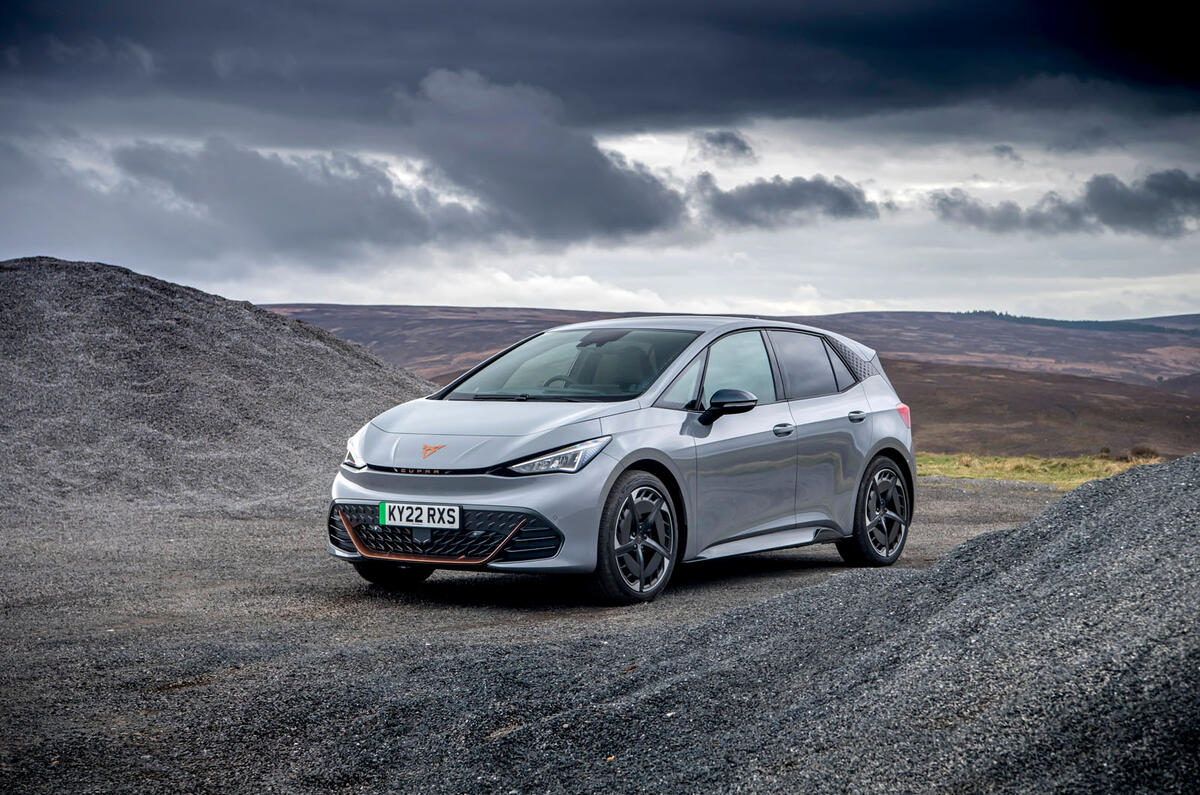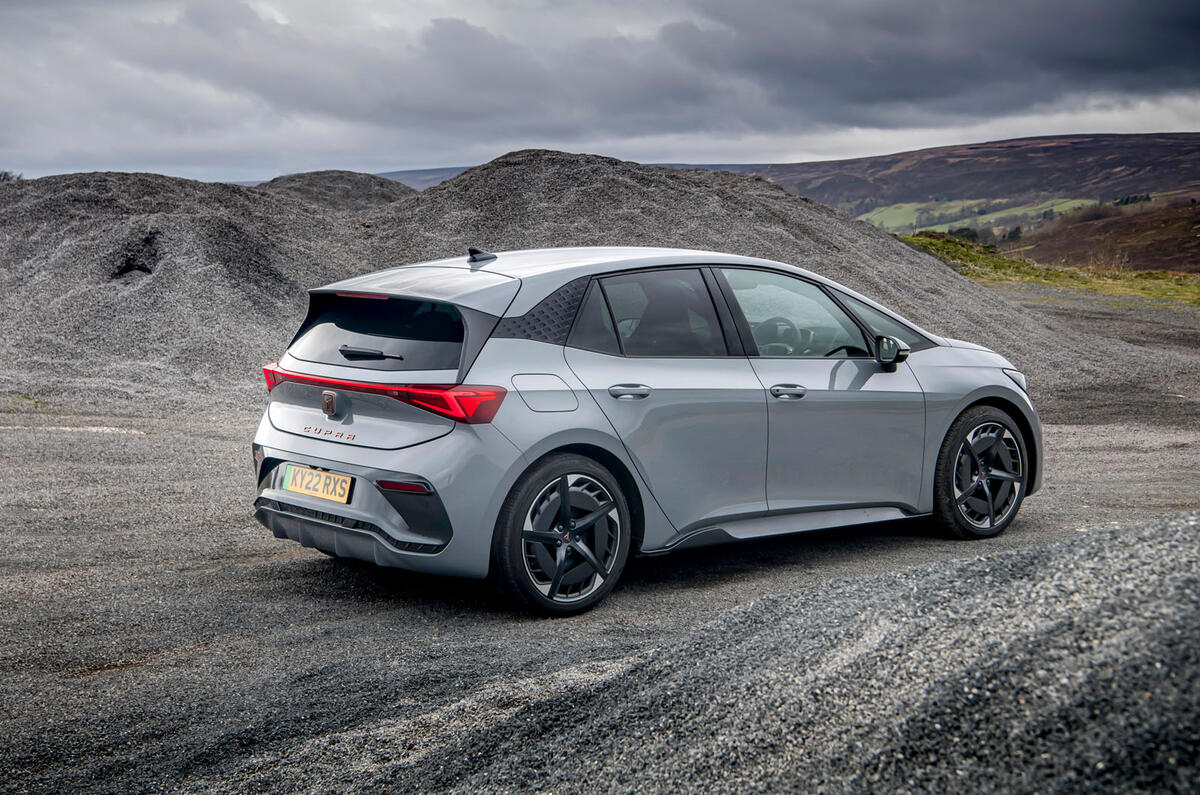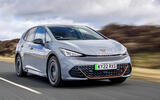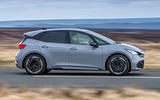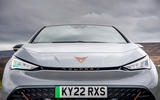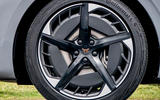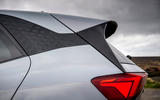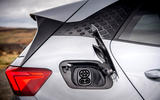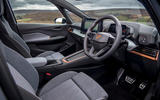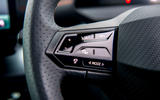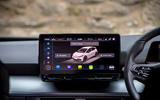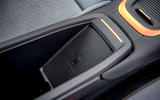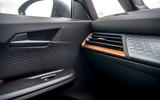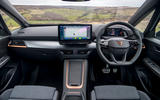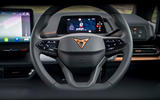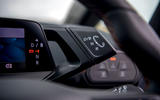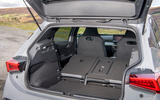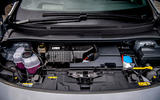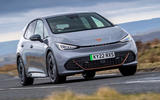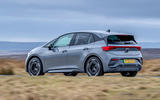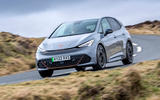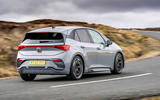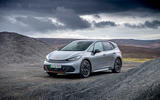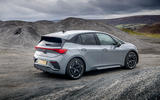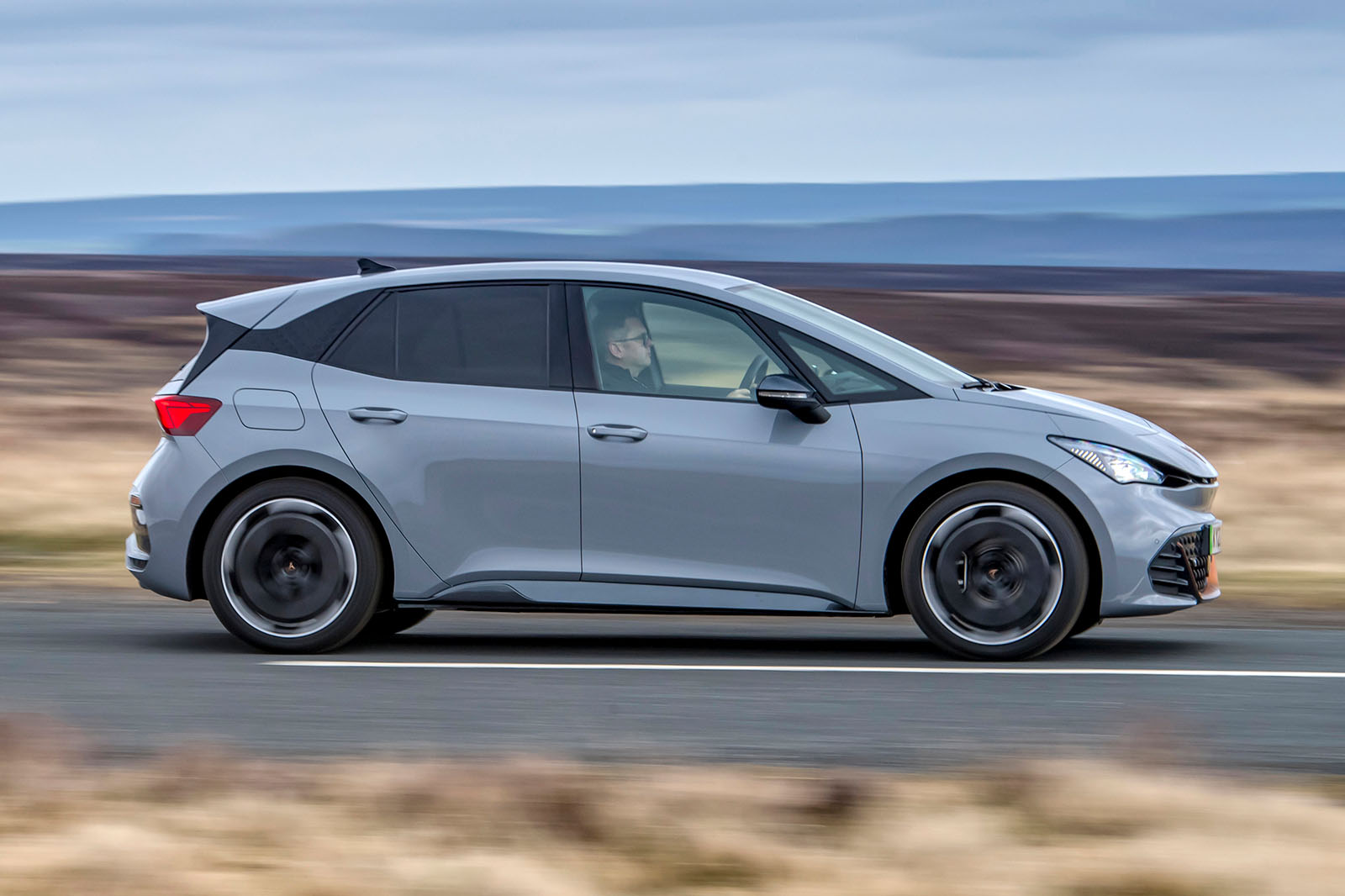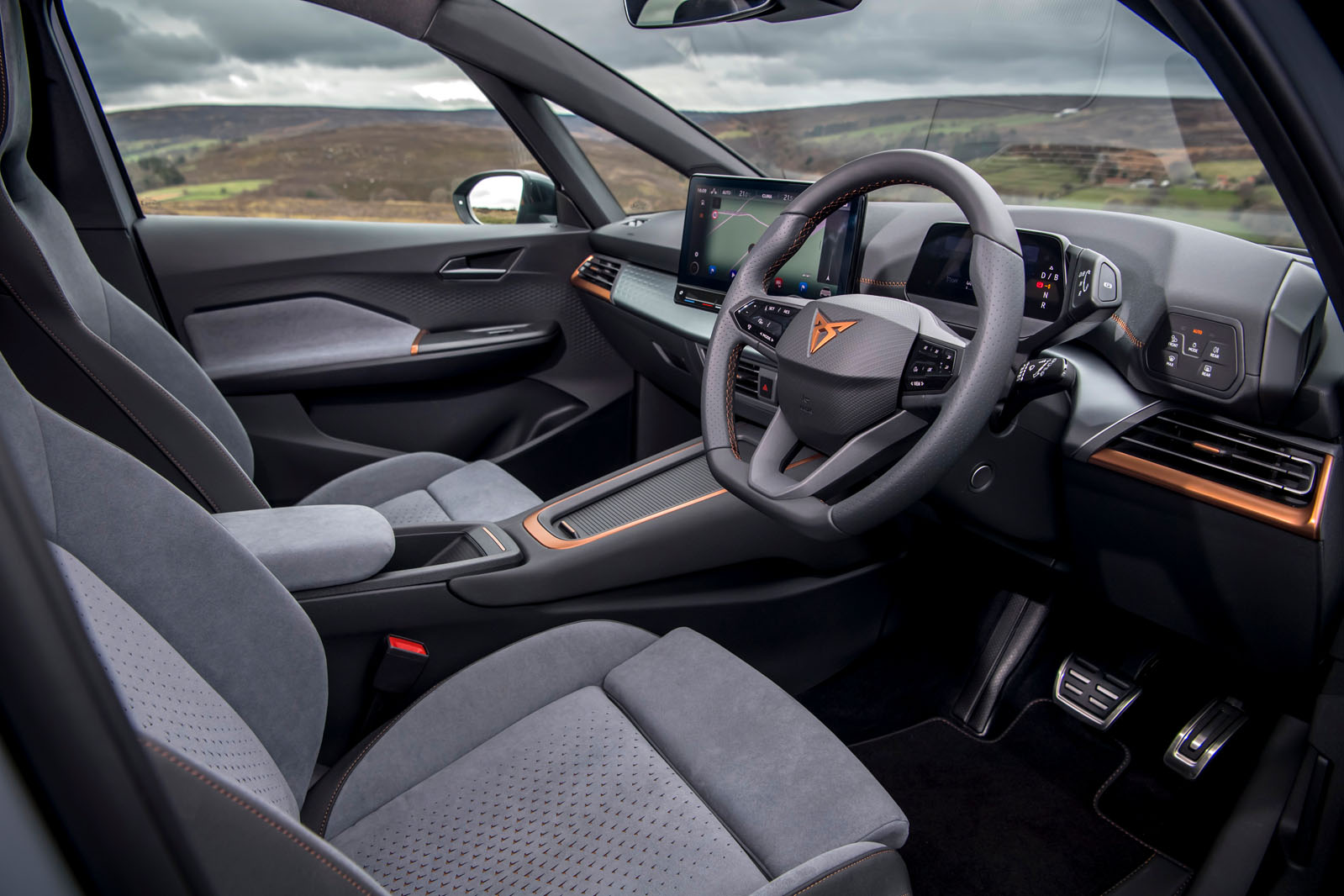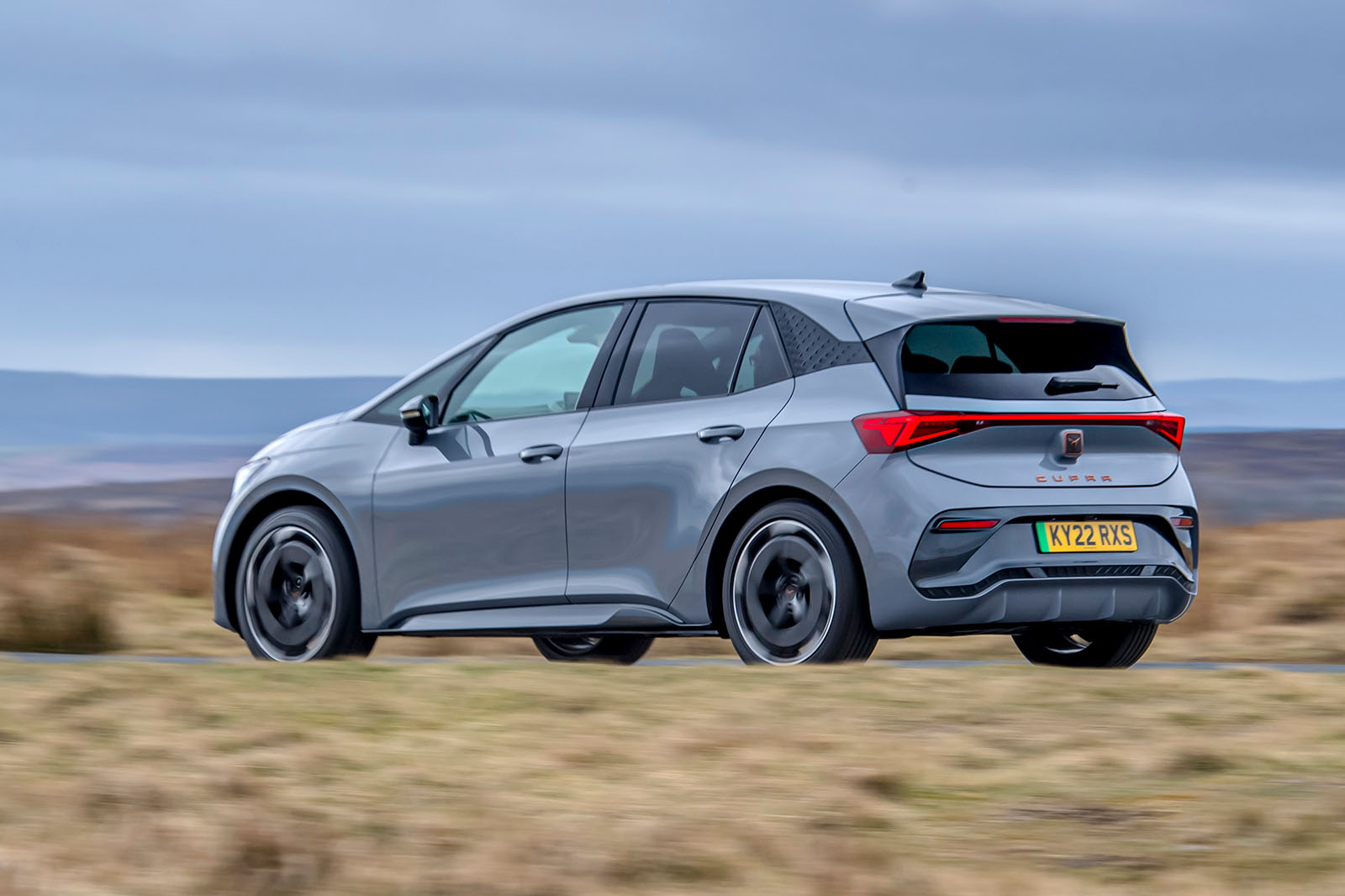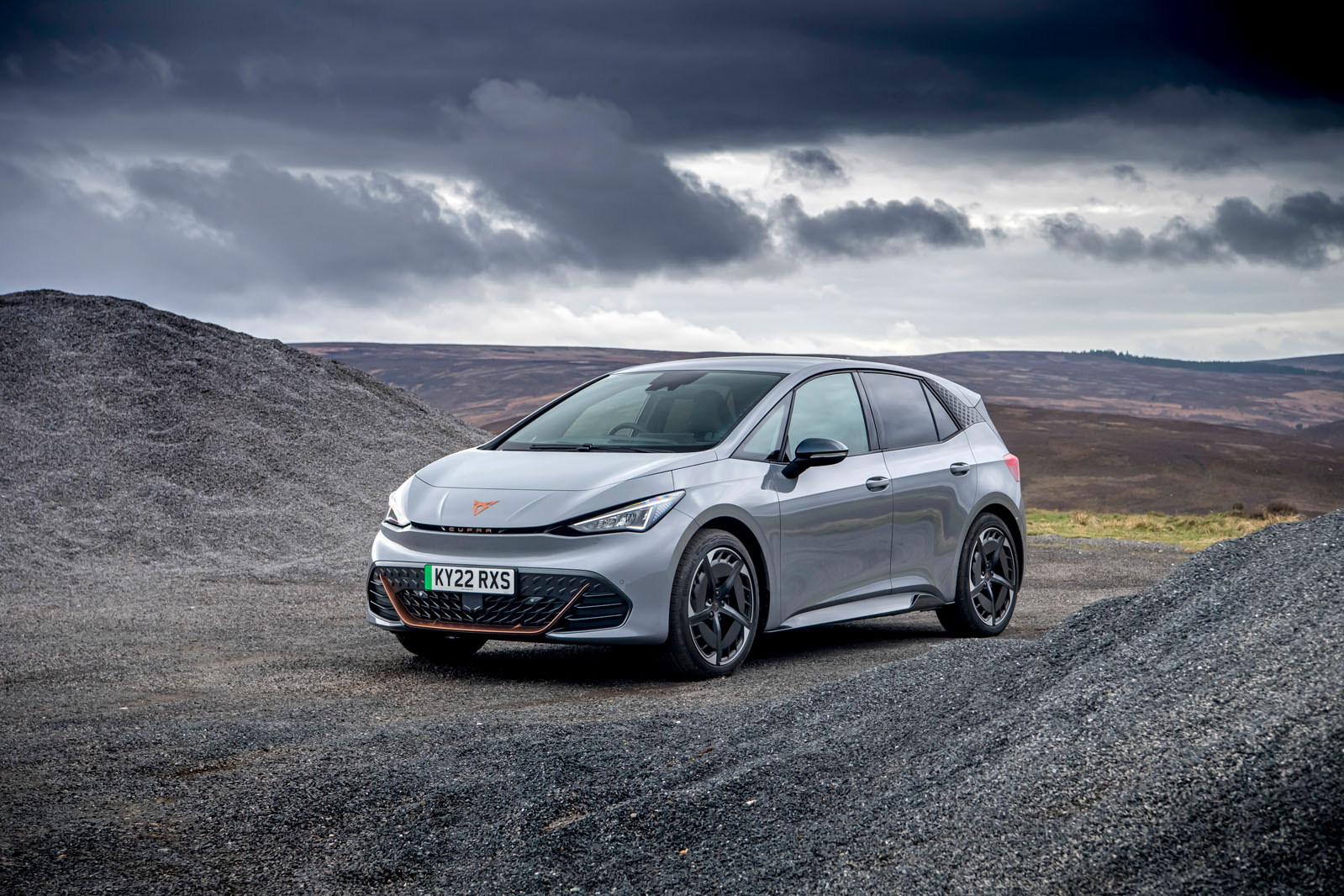With ever-increasing pressure on car manufacturers to meet ZEV mandate requirements and sell electric cars in greater and greater numbers, the competition in the affordable EV niche only gets fiercer. And that's the segment where the Cupra Born has been seeking to carve out an existence since its introduction in 2021, when it became the emergent Cupra brand's first electric model.
Over its first three years on sale, this car's model offering has already grown a fair bit. Cupra introduced more powerful e-Boost models not long after its launch cars, in 2022; and it has just added the Cupra Born VZ hot hatchback performance version as well.
The Cupra brand has existed since the 1990s as Seat’s performance brand. Its marketing doesn’t mention it very often any more, but the name is actually a contraction of cup and racing, to reference Seat’s activity in rallying with the Seat Ibiza kit car in the 1990s. Today’s Cupra still serves to make performance versions of Seats, but its remit has widened to be a sportier, sub-Audi premium brand, offering models you won't find with Seat badges.
It’s getting rather crowded within the Volkswagen Group, though, so Cupra really needs an identity of its own. It started forging that personality with the Formentor, but its second model, the electric Born, bears an uncanny resemblance to the Volkswagen ID 3. Does the Born sufficiently differentiate itself from the VW, then; and what does it tell us about what Cupra stands for? Read on to find out, with the help of a high-spec 201bhp version.


